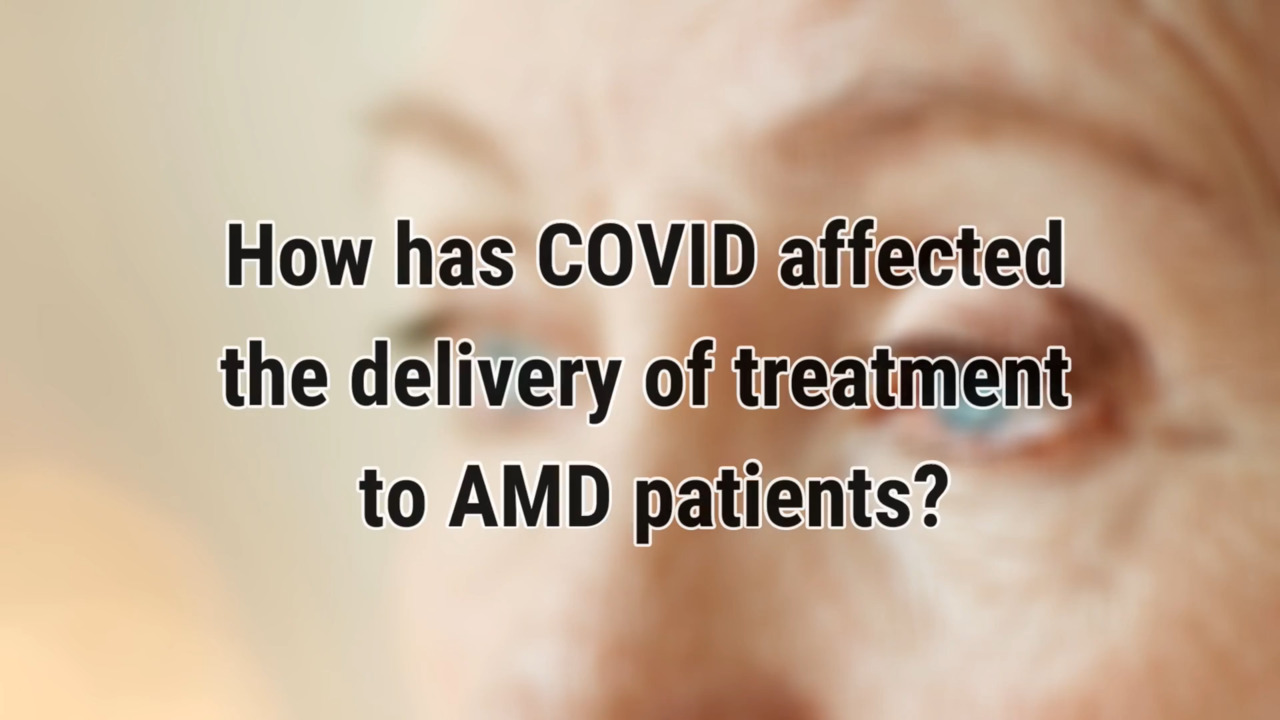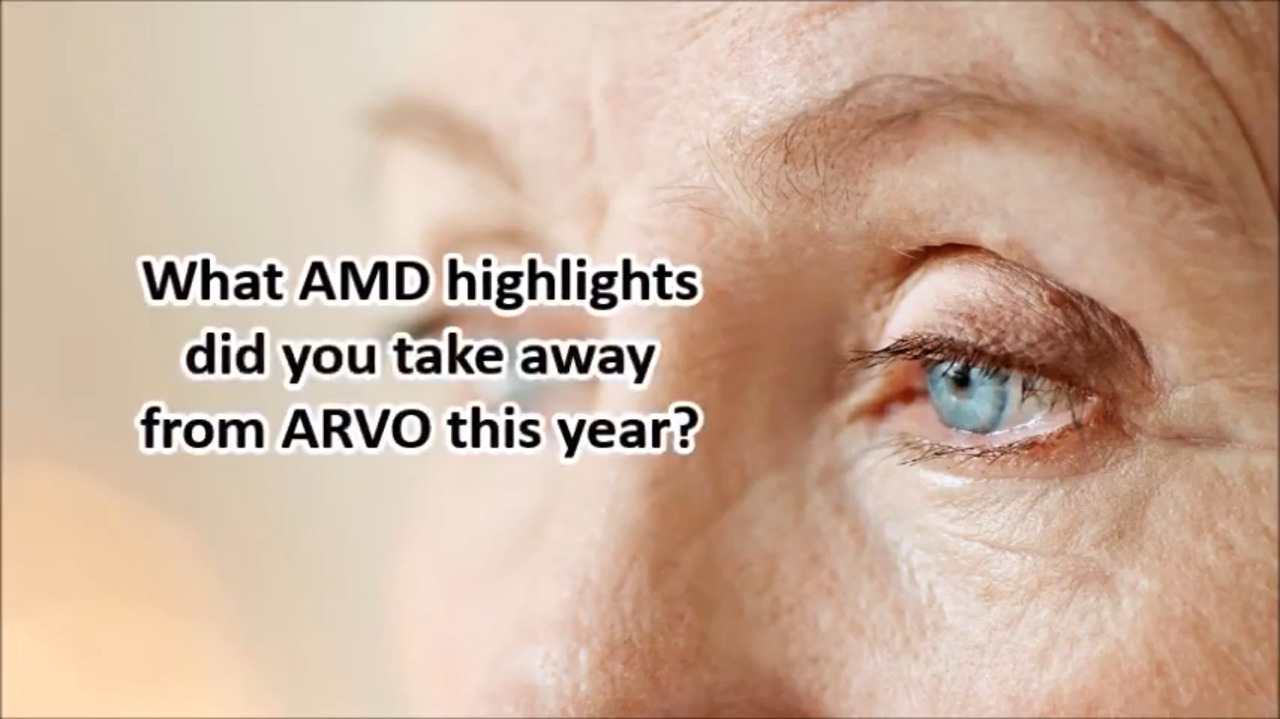AMD Video Perspectives
VIDEO: Treatment considerations for wet, dry AMD
Transcript
Editor’s note: This is a previously posted video, and the below is an automatically generated transcript to be used for informational purposes. Please notify editor@healio.com if there are concerns regarding accuracy of the transcription.
Currently, you know, we do have many treatment options, fortunately, for exudative macular degeneration. You know, when a patient is first identified, we can discuss the variety of different molecules that are available, that are FDA approved, and you know, are non FDA approved. And then, as I mentioned earlier, we do have some, you know, newer agents that have recently received FDA approval. These require, for the most part, either monthly, initially, injections. And then, based on the clinical response, we're able to extend out the treatment intervals if clinicians, which most do, assume kind of a treat-and-extend protocol. But generally speaking, you know, on the whole, if we were to kind of put them all together, they do require at least frequent monitoring of the patients and certainly a commitment on the part of the patient and the families for ongoing follow up and possibly even treatment as frequently as a month. But with some of the newer agents, such as faricimab, maybe even up to every 16 weeks. As far as nonexudative macular degeneration, currently there are no FDA approved therapies. AREDS vitamins have been shown to reduce the incidence of progression to the advanced form of macular generation by about 20%. So, that is certainly one of the preventative measures that are very important, as well as risk factor mitigation counseling about not smoking, UV protection, blood pressure control, lipid control, and then patient self monitoring at home. Whether it be with an Amsler grid or, you know, in the future, maybe with home OCT monitoring.












